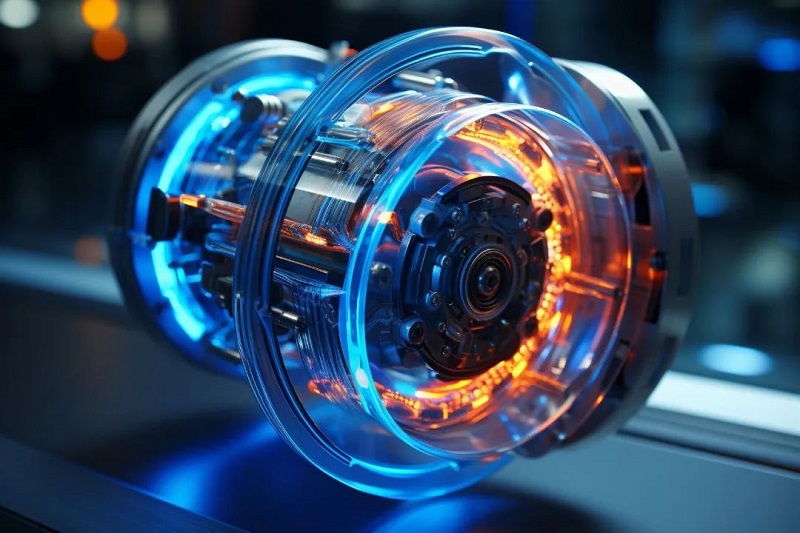
Transformers are a necessary part of modernization. It is estimated that by 2030 and beyond, hundreds of billions of dollars will be spent annually on grid infrastructure, including transformers. Governments around the world, especially in developed economies, are taking action to reduce greenhouse gas (GHG) emissions to mitigate the effects of climate change. The power sector is a major source of GHG emissions, which is why countries are switching to renewables, which produce clean electricity. As a result, renewables will account for nearly 95% of global power generation capacity growth by 2026. Likewise, demand for electric vehicles (EV) is expected to grow at an annual rate of 23% over the next decade.
The rapid rollout of renewable energy and electric vehicles poses some challenges. One of the major challenges is whether the existing grid infrastructure can handle these modern technologies. The additional capacity requires the grid to be upgraded to take the path of modern power development, which increases the demand for traditional grid equipment, including transformers.
Over the years, policies around climate and energy have evolved across the globe, including in the European Union, the United States, the Middle East, and Central Asia. In the European Union, for example, in order to align the region's climate, energy, transport and tax policies with the goal of reducing GHG emissions by at least 55% compared to 1990 levels by 2030, the European Commission has adopted a series of proposals.
Energy transition and promotion of renewable energy. According to the International Energy Agency (IEA), global renewable power generation capacity is expected to increase by nearly 2,400 GW from 2022 to 2027. As the share of renewables in countries' power generation capacity portfolios increases, digital transformers are needed to replace traditional transformers, which cannot provide the required safety, productivity and reliability in the grid.

Integration of electric vehicles into the grid. Globally, economies are moving towards the electrification of the transport sector, especially in advanced economies. To mitigate the impact of electric vehicles on the grid, many power companies are deploying smart grid technologies, including smart transformers that are more efficient and reliable than traditional technologies. It is worth noting that the global electric vehicle industry has seen tremendous growth in recent years. Grid infrastructure upgrades. As wind and solar energy rapidly integrate into the grid, decades-old grid infrastructure around the world needs to be upgraded. Power companies are replacing outdated grid technology with the latest equipment, which not only increases efficiency but also improves the reliability of grid operations. This, in turn, has spawned the need for digital transformers that are not only more efficient, but also have less of an impact on the climate.
Transformer regulations driven by climate goals. A number of regulations and standards have been developed or are in the process of being developed in developed economies, particularly in the European Union and the United States, which focus on improving the efficiency of transformers. The European Commission estimates that around 2.9% of all energy generated in the 27 EU member states and the UK is wasted through transformer losses. These transformer losses totaled 93TWh, which helps to understand the extent of the impact of potential improvements in transformer efficiency. In the European Union, the Ecodesign Directive Tier 2 regulation came into force in July 2021, replacing the Tier 1 regulation. Level 2 regulations aim to reduce energy waste by 10% compared to Level 1 regulations (2015). The U.S. Department of Energy (DOE) has proposed new energy efficiency standards for different categories of distribution transformers aimed at improving the resiliency of the U.S. power grid, reducing utility bills, and significantly reducing domestic carbon dioxide emissions. If the energy efficiency standard is passed within the DOE's proposed timeline, it is expected to take effect in 2027.
Analysis of the Impact of Core Flux Density Distribution on Transformer Performance
2025-01-21Opportunities and challenges faced by China's stainless steel industry
2022-12-15SUS304, 304, 06Cr19Ni10 three names of the same kind of steel
2024-07-09Special steel for energy (High strength non-oriented silicon steel)
2024-08-19Look forward to the next flower with Hongwang.
2023-06-08South African Miners Rush to Transport Metals
2021-01-26






